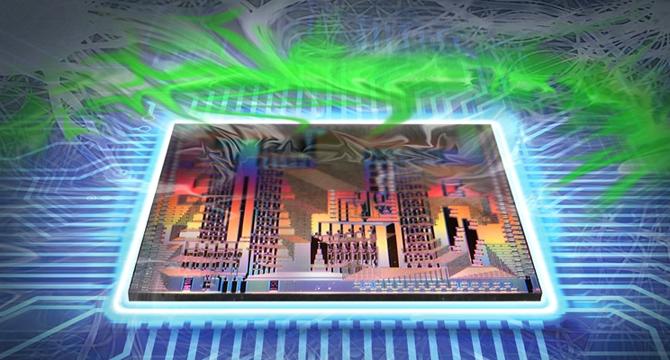Eletimes
1M
192

Image Credit: Eletimes
Breaking Boundaries with Photonic Chips and Optical Computing
- Photonic chips and optical computing are ushering in a new era by leveraging light for high-performance computing and data processing.
- Photonic chips use photons for information transmission, offering advantages like speed, energy efficiency, and parallel processing over traditional electronics.
- Key components of photonic chips include waveguides, modulators, detectors, and resonators for advanced signal processing.
- Optical computing, with its speed, low energy consumption, and massive parallelism, aims to revolutionize information processing and reduce signal crosstalk.
- Core technologies enabling photonic computing include silicon photonics, optical logic gates, neuromorphic computing for AI acceleration, and quantum photonics for secure computation.
- Applications range from data centers and AI acceleration to telecommunications, healthcare, defense, and aerospace, showcasing the versatility of photonic computing.
- Challenges such as fabrication complexity, hybrid architectures, software development, and energy efficiency must be addressed for broader adoption of photonic computing.
- Photonic computing signifies a paradigm shift with its speed, efficiency, and scalability, promising transformative impacts on various industries and information processing.
Read Full Article
11 Likes
For uninterrupted reading, download the app